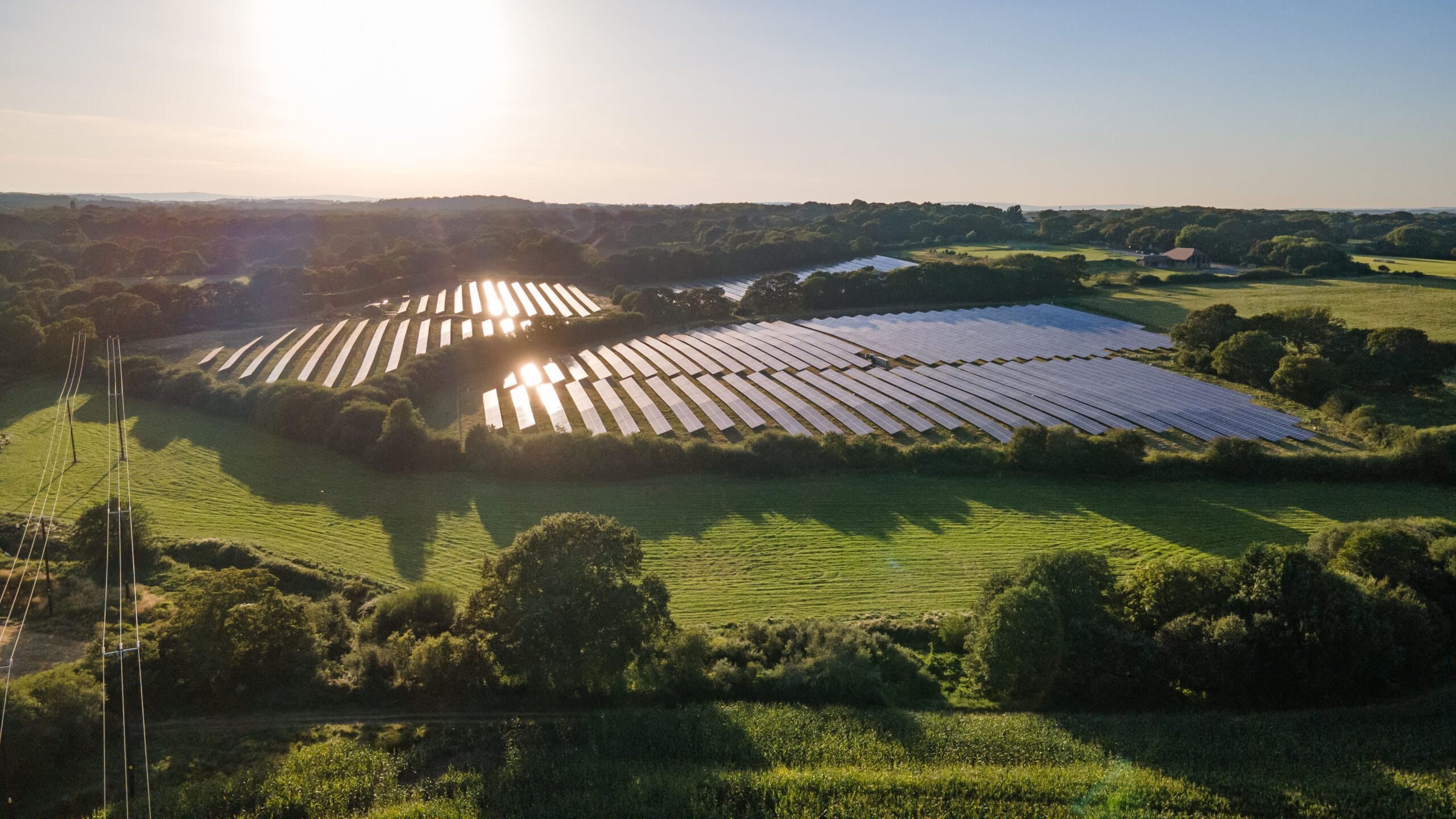Water Neutrality Study – A short-term measure?
The Sussex North Water Neutrality Study: Part C – Mitigation Strategy was published at the end of 2022. Motion Director, Neil Jaques, explores some of the points raised in the report and assesses the impact for developers wishing to build in areas that come under the water neutrality jurisdictions.
What is the Sussex North Water Neutrality Statement: Part C – Mitigation Strategy?
A report outlining a strategy to achieve water neutrality within the Sussex North Water Resource Zone (WRZ), throughout the timeframe covered by the Local Plans of Crawley Borough Council, Chichester District Council, Horsham District Council and South Downs National Park Authority up to the year 2038/39.
What is the strategy objective and how will it be delivered?
The objective is to enable the Local Plans to proceed towards adoption. To deliver the strategy, there will be a Local Planning Authority-led (LPA) scheme to provide water offsetting.
What does this mean for developers wanting to build in the area?
The Part C – Mitigation Strategy is geared towards developments that are part of the local plan. Priority of access to offsetting initiatives will be given to sites allocated in Local Plans and/or identified in the associated, published Local Plan housing trajectories (for example an allowance for windfall). However, strategic-scale windfall development which falls outside the Local Plans’ Strategic Approach will not be prioritised.
Is there a new water efficiency target?
The strategy proposes that water efficiency standards that exceed the Building Regulations Optional standard of 110 litres per person per day (l/p/d) are required. The recommendation is made that a more ambitious water efficiency target of 85l/p/d is adopted for all new housing in the WRZ. This target is considered to provide the greatest benefit without being too costly for developers.
Based on our experience, the proposed new target of 85l/p/d is achievable. The Motion team has worked on developments reaching a water efficiency target of around 92l/p/d. Once rainwater harvesting has been included, this figure can go considerably lower than 85l/p/d.
For commercial schemes, the strategy recommends that development should achieve a 40 per cent reduction compared to baseline standards. I do not see any issues with this approach.
What are the offsetting measures?
Four potential offsetting measures recommended as part of the strategy are:
- Retrofitting flow restrictors to existing properties to reduce the volume of water used
- Water efficiency in schools – water audits, retrofitting water efficient devices, rainwater harvesting
- Non-household rainwater harvesting (RwH) – can be used to meet the demand from toilet flushing, vehicle washing, etc
- Golf course irrigation – according to a 2019 survey conducted by The British and International Golf Greenkeepers Association, just under 50 per cent of golf facilities rely on mains potable water supply for irrigation
The strategy appears to be leaning towards flow restrictors providing the least costly and most efficient way to deliver offsetting for new developments in the local plan. The flow restrictor device has been used in a trial by Crawley Homes in 2022 and by Affinity Water.
On page ix of The Executive Summary, the report states, ‘An offsetting scheme consisting of retrofitting flow regulators has the theoretical potential to deliver all the offsetting required in Sussex North, and having gone through a trial with Crawley Homes, comes with a high level of certainty. However, whilst mathematically offsetting could be achieved using this measure alone, in practical terms, other measures may need to be utilised alongside these devices.’
Motion is already advising on non-household RwH in some new developments. The report also references retrofitting RwH to existing commercial buildings, which is understandable, as commercial buildings offer a large potential due to their extensive roof areas. However, while a large roof area can capture a lot of water, on a square metre basis, the occupancy of commercial buildings, such as warehouses for instance, tend to be lower. Therefore, the potential for offsetting non-household developments, of this type, may not be as beneficial.
Who will run the offsetting scheme?
The LPA-led Offsetting Scheme will require an operating body to administer it, collect funding, pay offset providers and monitor results. The assumption is that this will be a third-party body. It is likely to take time for the tendering process to be completed and the scheme to commence. Therefore, a working system might not be in place until the end of 2023.
What are the offsetting fees?
Developers will pay a fee per litre of offsetting required. An indication of the fee has been proposed at between £2.20 and £3.30 per litre per day. However, there is no allowance in that figure for other scheme costs such as overheads and the operating body. So, the likelihood is that the rate will be higher than stated. The fee would be collected by the Offsetting Scheme and used to deliver the appropriate level of offsetting within the WRZ.
It is worth noting that on page x of the Executive Summary, the strategy proposes that ‘the total cost of delivering the required offsetting volume is spread across all development (required to be water neutral) opting into the Offsetting Scheme during the Local Plan period. This will significantly reduce the cost for individual developers, in particular smaller developers where the burden of offsetting on a smaller scheme would be greater.’
How long will the off-setting scheme be in place?
The Local Plan period runs up to 2038/39. The report suggests that once a long-term solution has been put in place by Southern Water, a water neutrality scheme may no longer be required. It is proposed that the offsetting scheme runs to 2030, when it will be reviewed. An extension to the scheme to cover a further period may then be required. The likelihood is that water neutrality will need to be delivered beyond 2030.
How does the strategy effect developers in the short term?
In summary, this is a step forward. There is a route towards a strategy, although there is still work to be done, including the appointment of an operating body, which will take time. Once up and running, the water offsetting scheme will only be appropriate for sites within the Local Plan. When submitting planning applications in the region outside of the Local Plan, developers will still need to find other ways to make their scheme water neutral.
If you would value a preliminary consultation about water neutrality, flood risk or sustainable drainage or have questions on how the Water Neutrality Statement Part C could affect you, email me at njaques@motion.co.uk or call 01483 531300.



